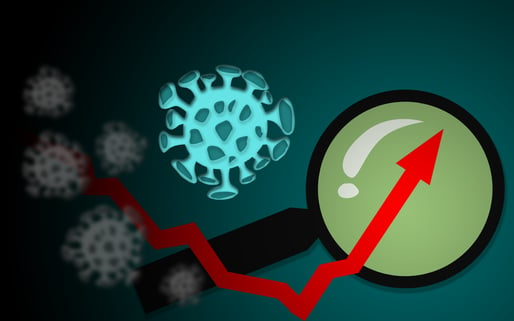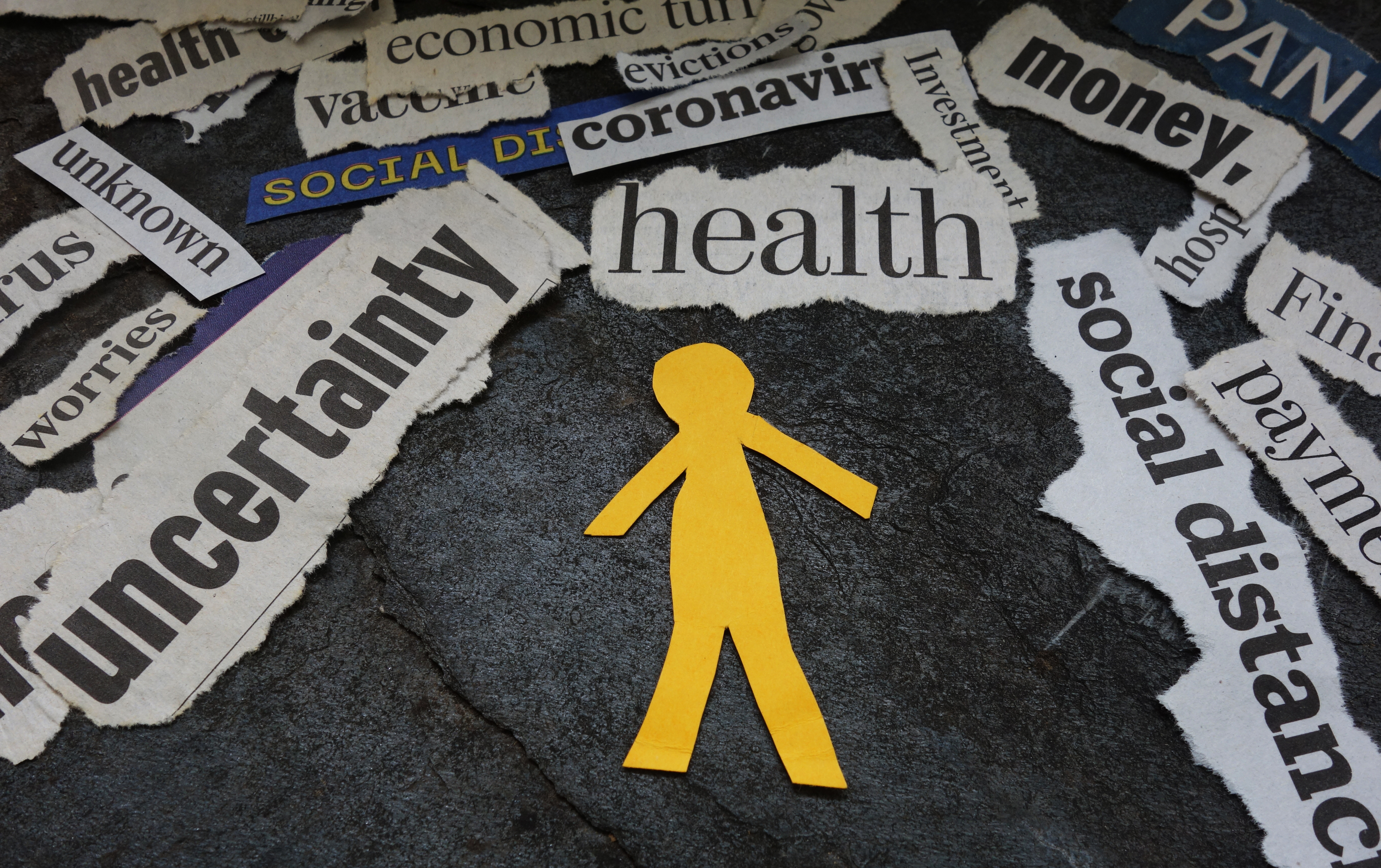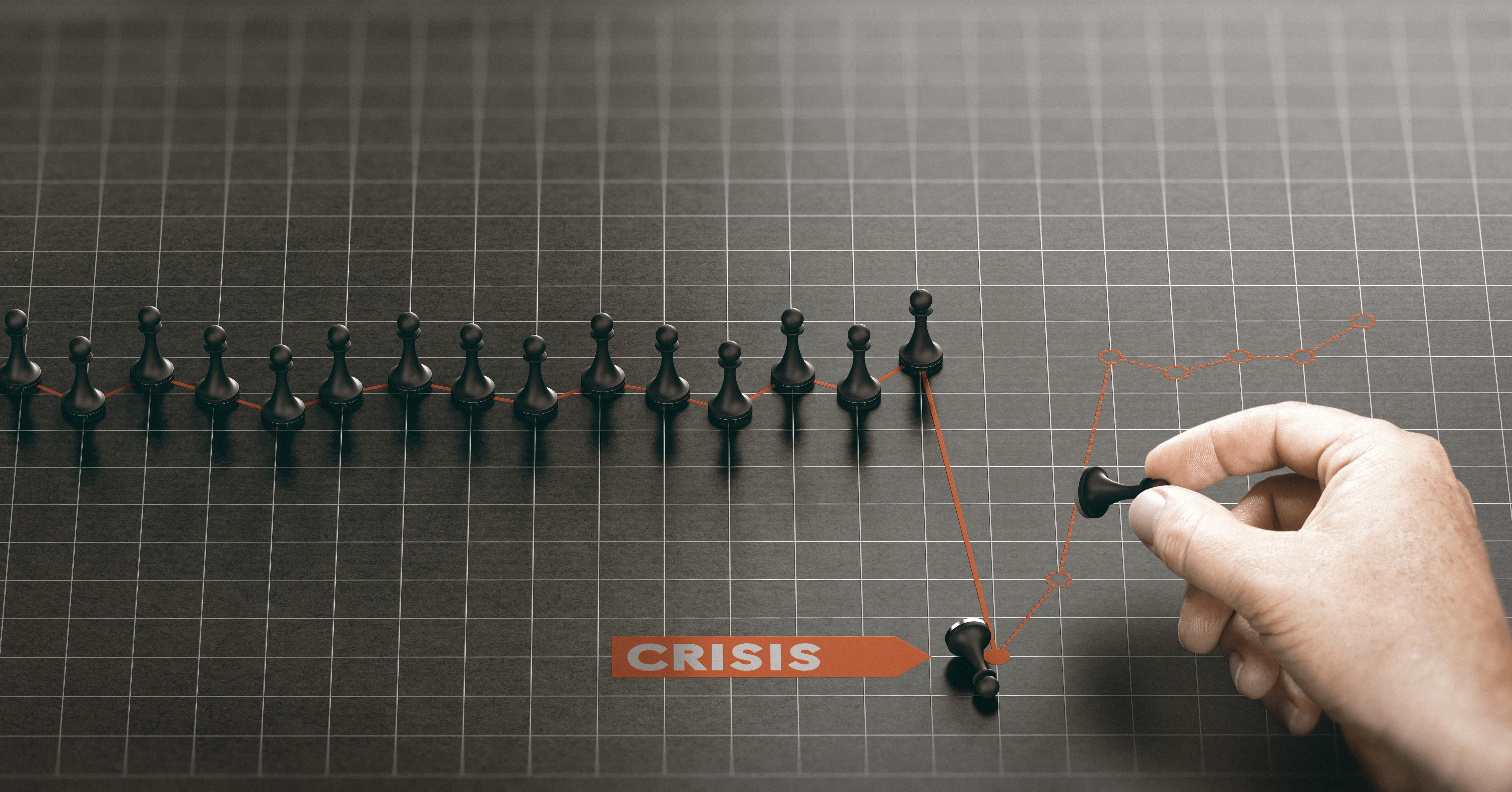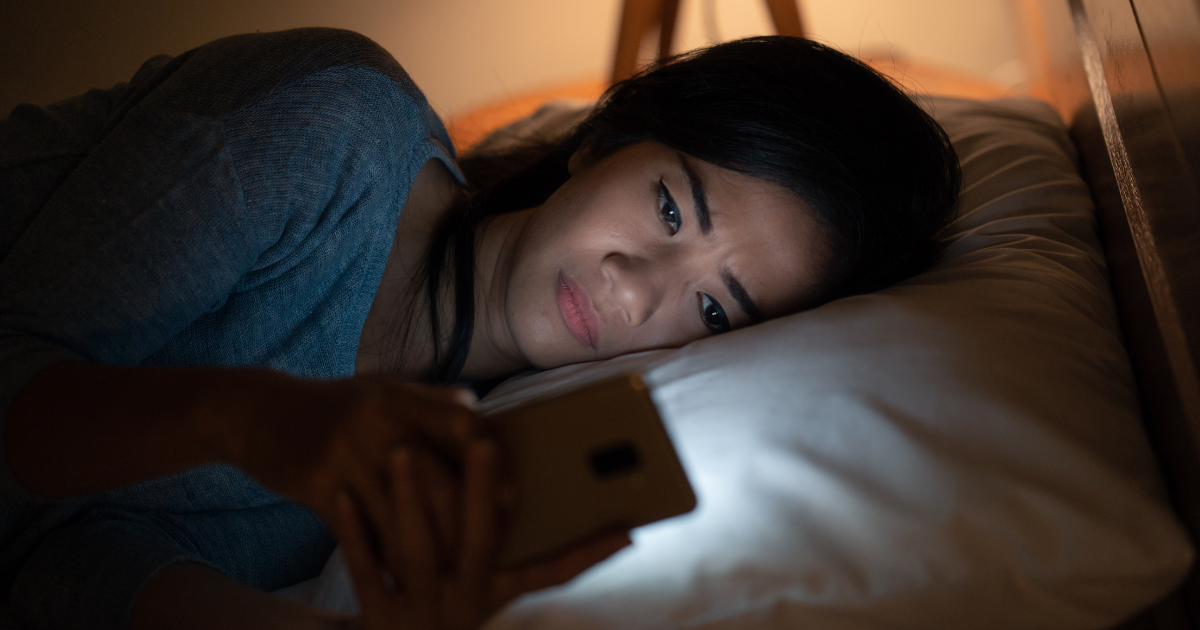COVID-19 PLAYBOOK: What does this crisis recovery look like?

The final stage of any crisis is recovery.
That’s where you begin to rebuild your brand reputation with customers, employees and other stakeholders.
Like everything about the COVID-19 threat, the old roadmaps are not 100% reliable for this unique, hugely turbulent period.
This is a worldwide crisis that has impacted every brand and every organization - although as we explored in last week’s blog, some brands have managed to make everything worse for themselves with missteps!
Federal and state governments are working with public health officials, business leaders and sporting brands to move towards the gradual loosening of the social isolation rules that have shaped our lives in the past weeks.
About the only things clear are that the recovery will not be quick and it will not be smooth.
And ‘normal’ will never be the same again.
The Guardian reported on April 22nd that business leaders expect a long period before any economic upturn and have a real fear of a second wave of coronavirus infections.
With so many new and unknown challenges on the path ahead, the one area of certainty is that your future efforts to rebuild your brand will be deeply influenced by what you are doing right now – and how that is perceived and remembered by customers, employees and business partners.
A perfect example is senior, well paid executives making sure that they take pay cuts to show solidarity and empathy with their employees.
The Wall Street Journal on April 21st noted that, “companies whose leaders don’t follow suit face reputational risks for many years to come.”
The huge lesson that the actions of brands today will be judged by consumers tomorrow, is underlined by the recent COVID-19 Brand Sentiment Navigator Report, released by engagement technology company, Social Media Link.
Social Media Link CEO Susan Frech observed in a news release: “This survey suggests now is the time for brands to show, not tell, how much they live out their brand promise and values”.
Here are ways that the report suggests you can avoid reputation damage as a result of the enduring wrath of consumers, even when the recovery does get underway:
- Take care of customers and employees – this maybe is the highest priority. Consumers will remember which brands showed empathy and took genuine, selfless steps to keep customers and employees safe and well.
- Avoid opportunistic behavior that angers consumers – examples include price gouging, unnecessarily laying off employees, not showing empathy with customers and doing nothing to benefit the community.
- Use digital channels to build connections, not just sell stuff – one of the lasting impacts of this period is likely to be how consumers are gathering, talking and connecting on digital platforms.
- Focus on making online shopping attractive and easy – another change that is likely to be permanent is how many more people now feel comfortable and have developed online buying habits.
We don’t have all the answers yet about what a recovery will look like post-global pandemic.
There are many unknowns about the length and complexity of the continuing threat.
However, there are enough clues to make any brand look very carefully at what it is doing now that will help or hinder its rebuilding and impact whether its consumers will begin from a position of trust.
SOURCES FOR FURTHER INFORMATION & UPDATES
The latest official national & international updates are available here:
THE IN CASE OF CRISIS ‘COVID-19 PLAYBOOK’
RockDove created our COVID-19 Playbook, available on mobile devices via In Case of Crisis, to help organizations share their trusted information with employees and stakeholders during this unprecedented public health crisis.
GET INFORMATION ON THE SPECIAL EDITION OF THE IN CASE OF CRISIS APP
Learn how hundreds of organizations large and small are using our award-winning crisis management platform, In Case of Crisis, so you can be better prepared and respond faster to emerging threats like Coronavirus.








